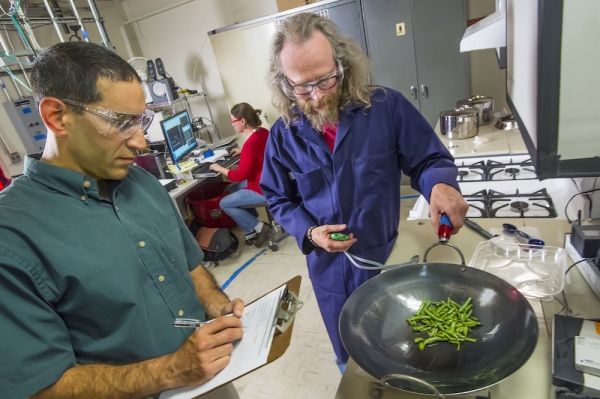Affordable indoor air quality monitors for the home can be worth the purchase, a recent product evaluation revealed, but all of the monitors tested by researchers were found to have either underreported or missed the presence of very small particles that can penetrate deeply into the lungs.
Indoor air researchers at the Department of Energy’s Lawrence Berkeley National Laboratory (Berkeley Lab) recently tested seven consumer-grade air quality monitors to see if they could detect fine particles emitted by common household activities, including cooking, burning candles, and smoking. They found that four of the monitors could reliably detect high levels of particulate matter in the air, enabling use of a ventilation system or an air cleaner to reduce pollutant exposure. The study was recently published in the journal Indoor Air.
Reliable monitors could help make ventilation systems smarter by turning them on when indoor air quality (IAQ) declines – an important control feature as building envelopes become more efficient.
“Not all of the monitors worked well, but the ones that did seemed to do a pretty good job, from a building control point of view,” said Woody Delp, a mechanical engineer with the Indoor Environment Group in Berkeley Lab’s Energy Technologies Area. “From a health perspective, where you really need high confidence in a monitor’s numbers to assess an environment, we’re not quite there yet.”
Read more at DOE / Lawrence Berkeley National Laboratory
Image: Berkeley Lab researchers Brett Singer (left) and Woody Delp fry green beans to generate particles for testing air quality monitors. CREDIT: Roy Kaltschmidt / Berkeley Lab


